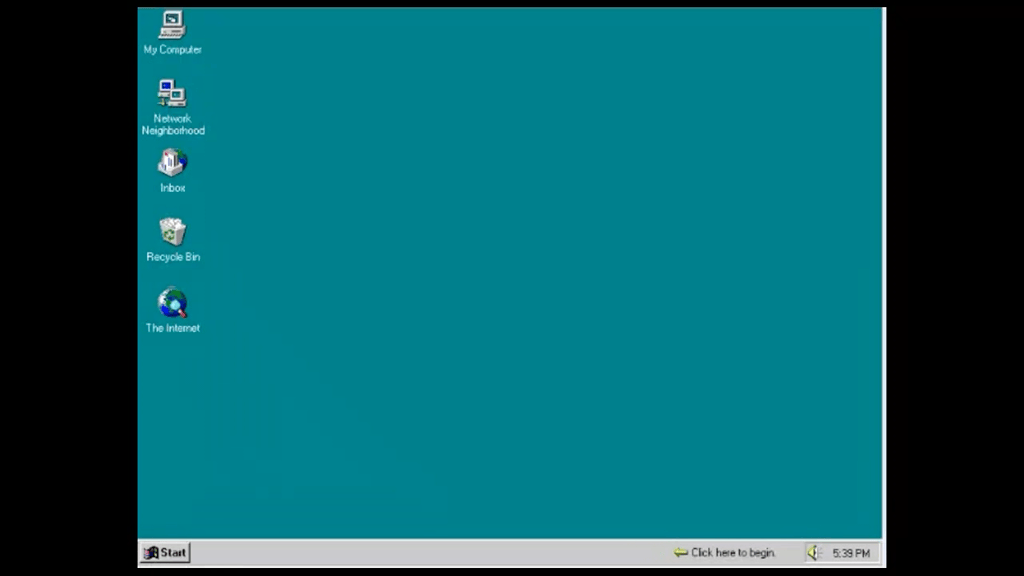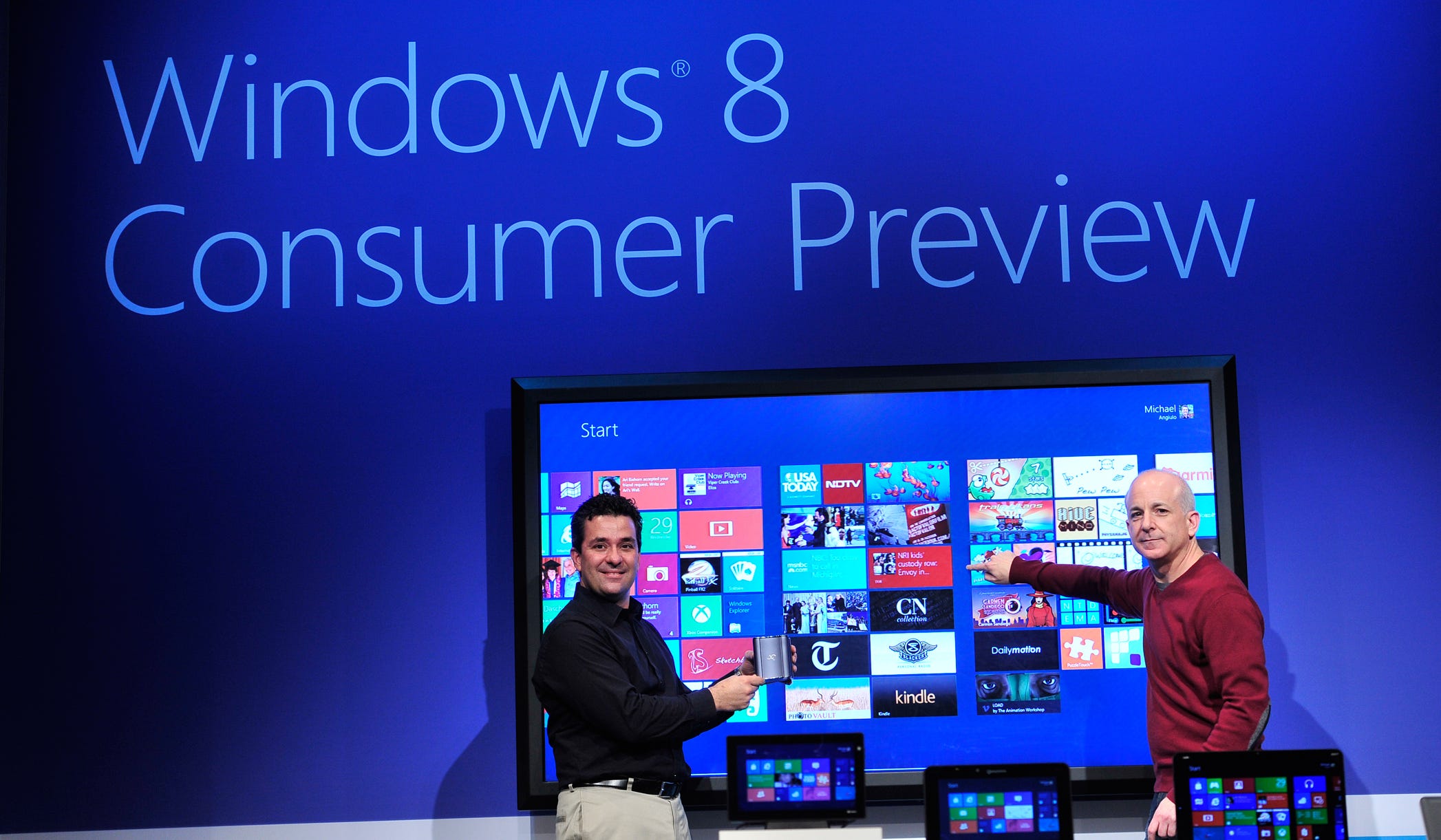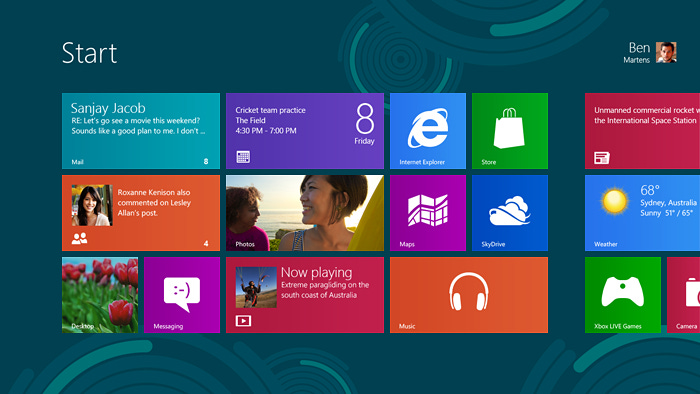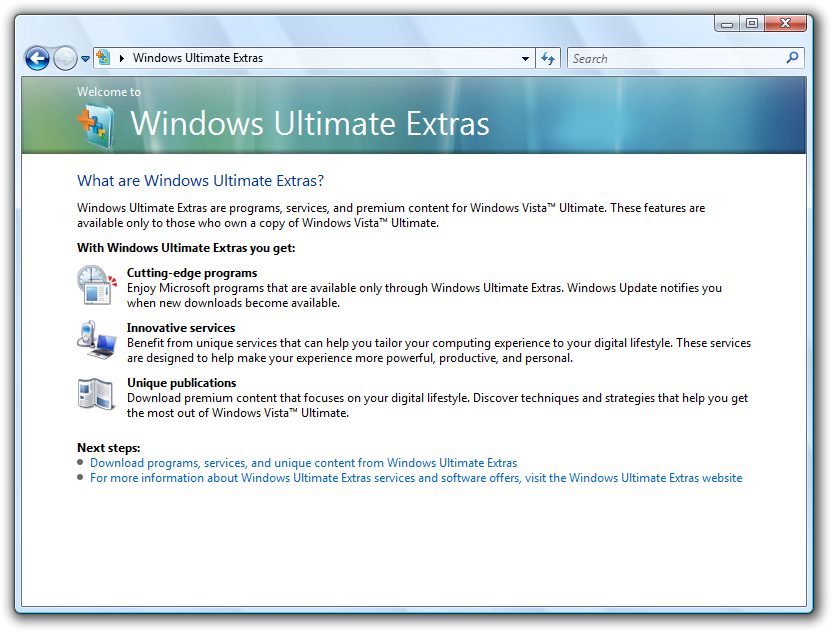103. The End of Windows Software
Description
A reasonable question to ask is “Why did Windows 8 need to create a new platform?” Not only did Microsoft have Win32, the tried-and-true real and compatible Windows platform, but the company had pioneered the .NET platform and with Windows Phone 7 extended that platform to phones with Silverlight. This post is my take on the history and how we ended up at this point. It takes us way back and shows how sometimes what emerges as a major strategic problem can trace its origins back much earlier than one might think. In the next section we will unveil the platform to developers at the //build conference.
Back to 102. The Experience
The Windows platform and associated app ecosystem were sick. Across product executives we had a very tough time coming to grips with the abysmal situation. We definitely could not agree on when the situation turned dire or why or if it had. That meant doing something about it was going to be challenging.
Some were so desperate for good news that they grabbed on to any shred of optimism. At one of the infamous Mid-Year Review (MYR) meetings during the development of Windows 7, a country general manager proudly presented their results of the annual developer survey designed to show what platform developers are coding for and the tools they use. The head of the developer segment for India said they were seeing Windows rise to the top of the chart for the most interesting and targeted platform. Windows! Immediately the room woke up from its MYR-induced stupor. Questions and comments were flying, “What outreach did you do?” “Did you start in University comp sci programs?” “How did you use financial incentives?”
The optimism was misplaced. The realty was even more bleak than a benign survey outlier, a common occurrence when compensation and corporate metrics were attached to surveys. There was no surge in Windows development. Nope, it was the opposite. India had become a favorite location for companies to outsource their legacy Windows software development. We weren’t measuring an uptick. We were literally measuring the final blow to the Windows development ecosystem as companies everywhere looked to place development out of sight and out of mind. I hate to say so, but it was obvious that’s what the data showed. Microsoft itself had incented teams to transition projects to India, and not often the most strategic ones as I had learned when we had to reconstitute the Windows sustaining engineering team.
Through the 1990s and the rise of Windows, BillG hosted an annual dinner for the largest and most important Windows ISVs, the CEOs and founders of leading tech companies of the era. The dinner was always a star-studded affair featuring the legends of the industry including Philippe Kahn, Jim Manzi, Ray Ozzie, Paul and George Grayson, David Fulton, Fred Gibbons, Scott Cook and perhaps 50 more. These were the leaders of the new industry each presiding over companies with hundreds of millions or billions of dollars of revenue. The companies built the tools from my earliest PC days: Borland Turbo Pascal, Lotus 1-2-3, Lotus Notes, Micrografix, FoxPro, Harvard Graphics, Quicken, and more.
As Windows won, ironically the health of these companies declined. There was a natural consolidation. Many were acquired, and their products slowly faded. Microsoft had its competitive products and the rise of Office, Visual C++, Outlook, and others certainly contributed. Microsoft’s singular bet on Windows and early success on Macintosh were factors as well.
It was, however, the internet and the web browser that really changed everything. The above ISVs started their companies in the 1980s on MS-DOS or in the early 1990s on Windows. Anyone starting a company, particularly in Silicon Valley, in the late 1990s started as a web company. Many startups created enterprise software, though we tend to remember the rise of Yahoo, Google, and later Facebook.
A look at the top software companies in 2010 read like a list of industrial giants more than pure play software. PwC published a list, Global 100 Software Leaders, that illustrated how the industry had changed. Among the top 100, there were only three that made tools or productivity software primarily aimed at Windows or Mac: Adobe, Autodesk, and Intuit. There were even more companies that built safety, security, or management tools addressing shortcomings of the PC: McAfee, Symantec, TrendMicro, Citrix, etc. Most of the companies were either transitioning or transitioned completely to web-based interfaces running against datacenter software.
The real end of the ISV dinner happened for me in 1999. The Microsoft Business Productivity Group (BPG) led by Microsoft senior vice president Bob Muglia (BobMu) announced a deal to acquire Visio Corporation for approximately $1.5 billion, Microsoft’s largest acquisition at the time. Visio was a profitable company approaching $200 million per year in revenue and nearly $30 million in net income. Bob was my manager though I didn’t know anything about the deal.
The Visio Corp. founders were the fantastic team of Jeremy Jaech, Ted Johnson, and Dave Walter. Jeremy and Dave had previously co-founded Seattle-based Aldus Corporation where Ted later led the engineering for Windows PageMaker. Aldus was acquired by Adobe in 1994.
Visio was a wonderful product and from the very start engineered a strong affinity to Microsoft Office, often working jointly with us on marketing, sales, and even consistency of product design. The product, an easy-to-use diagramming application, pioneered many structured drawing tools we take for granted today such as stencils of shapes, the ability to modify shape geometry, and magnetic connectors between shapes. The company was headquartered in downtown Seattle when Microsoft didn’t even have offices across the bridge.
Visio was the last poster child of the old ISV world left standing to have started out as a Windows software company. It was one of the first applications developed for Windows 95, a fact that was heavily promoted. Strategically it used everything Microsoft could throw at it from Visual Basic automation to data access APIs to OLE. Ted once joked with me that they would have used Clippy if we gave them the chance.
Ted, who stayed on for a bit with Microsoft and then later returned to work on Internet Explorer (TedJ), was always candid about their journey. He was wonderful to talk with and had the experiences of a founder, which was something I sought out. His view was clear that the days of being a breakthrough independent developer focused exclusively on Windows were over. It wasn’t just the browser, but also the demands of building out an enterprise sales force and having a full product line exclusively devoted to being a Windows ISV. This was even before the rise of mobile.
I had a few conversations with BobMu and SteveB over whether it was a good idea for the health of the ecosystem that we participate in the ongoing consolidation. I think they heard what I was saying as a resistance to the deal because I’d end up managing the team—that wasn’t it at all and I loved the team and product. Visio was a great addition to the Office family and brought a significant amount of expertise with a great team. For me, it meant the only remaining independent and relatively horizontal Windows ISV was Adobe. Should we buy them too? Then we’d be our own ISV ecosystem. It just didn’t seem healthy.
On the other hand, it was inevitable. The Windows ISV world wasn’t what it was, but why?
Microsoft wasn’t standing still while this decline took place. We struggled to build both a coherent strategy and execute effectively. It wasn’t a shortage of strategy, rather it was a combination of several strategies that ended up failing to reinforce each other and ultimately weakened the overall company strategy.
At the core was Microsoft’s collective response to the internet platform—the browser and the server programming model. The Windows team fully embraced the browser as the future platform, pioneering and advancing HTML along the way. In the late 1990s, Windows even redesigned the Windows desktop to integrate HTML and browser technologies on to the surface of the desktop. Still there was no bridge between Windows and the web platform. Windows simply became a place to run a browser. In Windows 7, we finally took a step of relying on Windows itself for browser features when we integrated DirectX graphics that enhanced animation, video, and overall browsing performance. That came after Microsoft ceded the dominance it earned in an earlier era, unfortunately.
This entire time, the Windows desktop API—Win32—went under-nourished, so to speak. It did not really matter because anything done in a new release of Windows would be ignored by ISVs unless it also worked on older versions of Windows. Enterprise PCs continued to run older versions of Windows longer than even the 3-to-5-year upgrade cycle of Windows and PCs were lasting longer as well. No ISV was willing to invest in writing code specific to a new version of Windows for what amounted to tiny marginal gains in functionality or features. Some teams released new features that ran on the installed base of older Windows, further reducing the perceived value of a Windows upgrade. This cycle of distributing new features for the old Windows installed base increased the complexity and fragility of existing PCs by designing implementations of system-level features to work in the context of multiple versions of Windows. It was a mess. Windows had turned into a distribution vehicle for features without a coherent platform strategy.
The Windows Server team faced its own API battle distinct from the client side. In the 1990s the team developed high-performance


![108. The End of the PC Revolution [Epilogue] 108. The End of the PC Revolution [Epilogue]](https://substackcdn.com/feed/podcast/82387/post/86893731/d3f1348af12bf87ffb878bd65cadb0ba.jpg)





![101. Reimagining Windows from the Chipset to the Experience: The Chipset [Ch. XV] 101. Reimagining Windows from the Chipset to the Experience: The Chipset [Ch. XV]](https://substackcdn.com/feed/podcast/82387/post/75881900/3a3075fad2c894721724f8a92013a812.jpg)



![097. A Plan for a Changing World [Ch. XIV] 097. A Plan for a Changing World [Ch. XIV]](https://substackcdn.com/feed/podcast/82387/post/70543793/bbf82f6a403f39f35f097a445d9bf827.jpg)




![092. Platform Disruption…While Building Windows 7 [Ch. XIII] 092. Platform Disruption…While Building Windows 7 [Ch. XIII]](https://substackcdn.com/feed/podcast/82387/post/64867897/fc7d958f8115ef0d95ea5a92c0d423b4.jpg)






